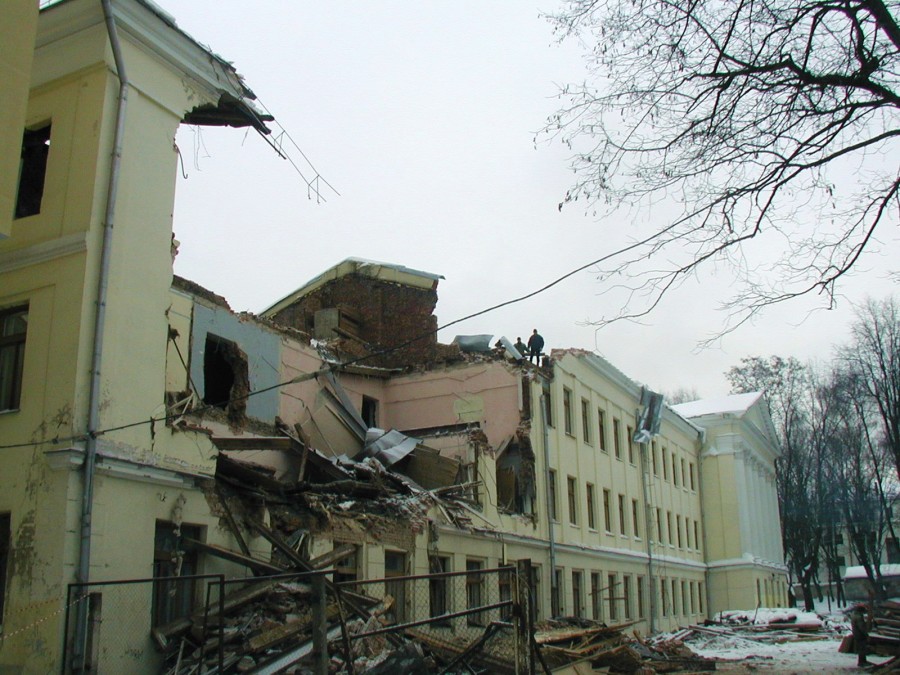Artist about himself: "«Academic ar brut» – at first glance, a wild phrase. But about him I want to talk today. That is how I decided to «identify» my style in painting, in which I work, my language. I think every artist as far as possible is obliged to create and develop his own unique style. Of course, during the existence of art almost everything has been done. Therefore, today every new style is either a fusion of an existing one, or work with new technologies. I will tell you about my way of becoming, and how i came to my style.
My art can be attributed to «ar brut» to a certain period. With some amendments, of course. Of the criteria characteristic of the style, my works of that time were: lack of professionalism, spontaneous character, and independence from cultural patterns. The key point in the «ar brut» genre is that the creator is either mentally ill, or disabled, or some freakish marginal – i have never been any of them. In any case, my «graphic», or, still it can be called «pre-academic», the period can still be conditionally attributed to this style.
I was more inclined towards the definition of my art through expressionism (from lat. expressio, «expression»). Expressionism tends not so much to reproduce reality, but to express the emotional state of the author. For expressionists, subjectivity of the creative act is paramount.
Analyzing my creative process, i understood? that in my pure form I’m neither an expressionist, nor a representative of «ar brut». At least because of one important aspect: in expressionism, the subject of expression prevails over the image. In my case, especially if we talk about oil paintings, this does not work. In addition to the key emotional components of expressionism – pain, disappointment and fear – in my works there is not much of a style that I love very much.
As a result, I asked myself a question: how to designate the direction in which I work today? «Academic ar brut» was the first thing that came to my mind. In my opinion, this definition clearly signifies my place in modern visual art. I understand that this phrase is eclectic, even contradictory. But is it not the connection of the incompatible that is the necessary ingredient for creating a new style?
Art loves extremes, friends. I advise you to remember this."














































.jfif-thumb.jpg?alt=media&token=d6606f9c-4960-4847-a5ac-80dd8fa45dc4)





















-thumb.jpg?alt=media&token=cd166e9a-e343-43e6-8969-43d16980bf4e)















